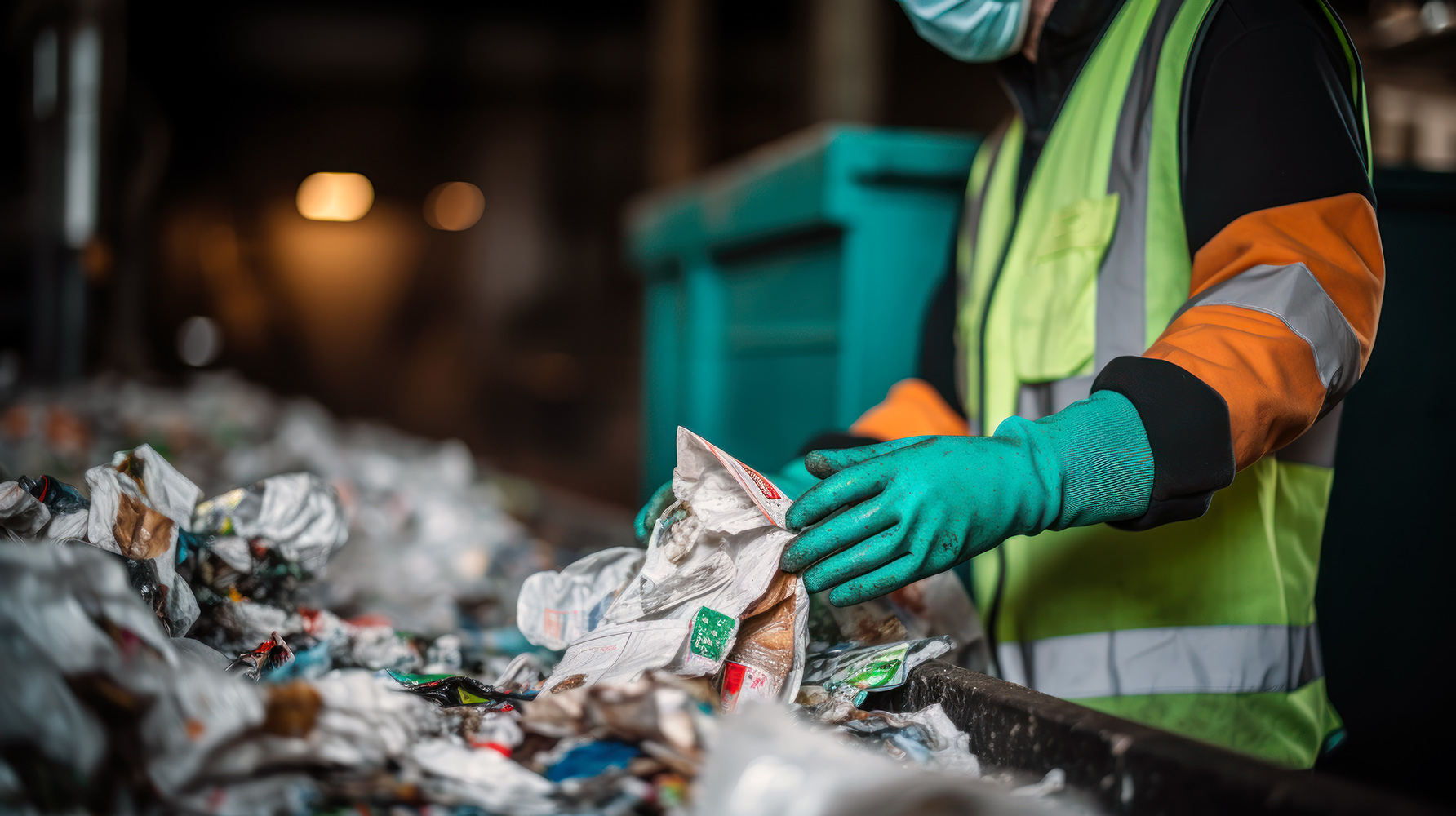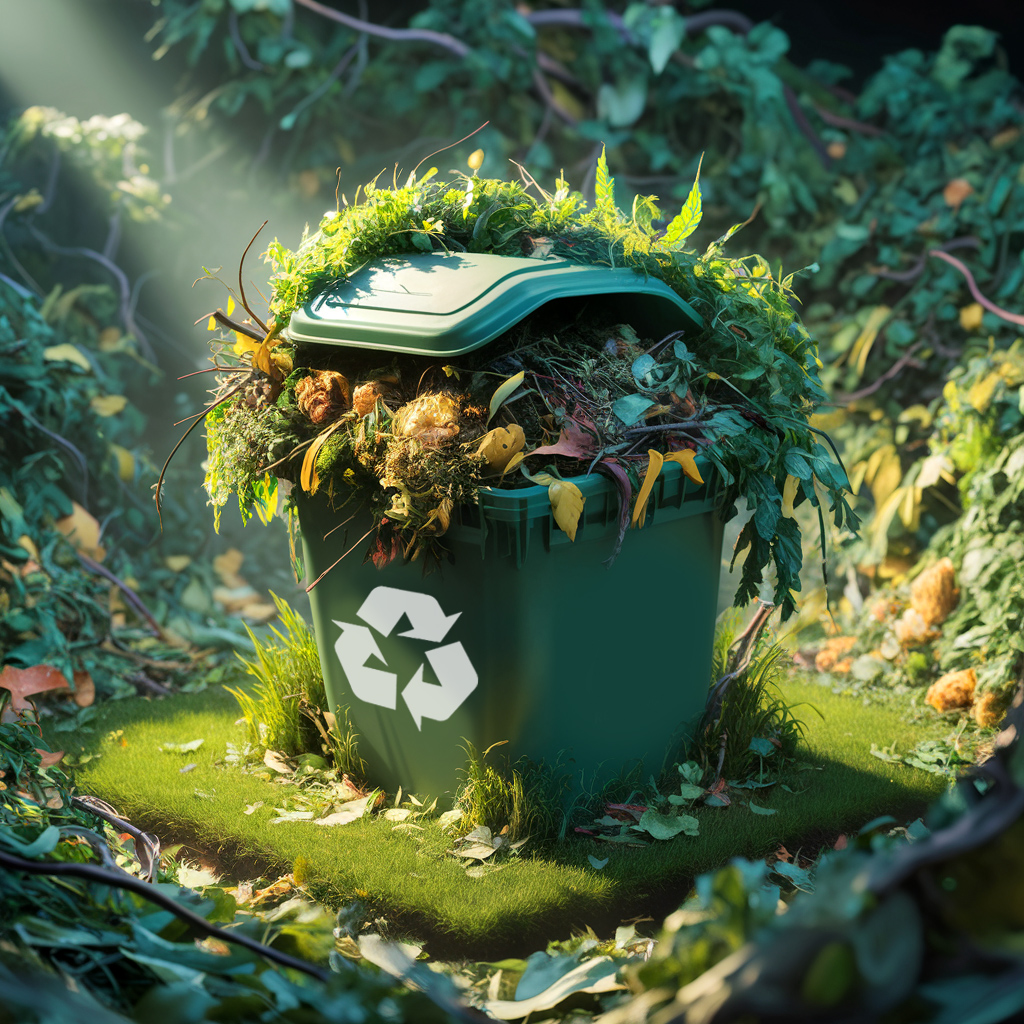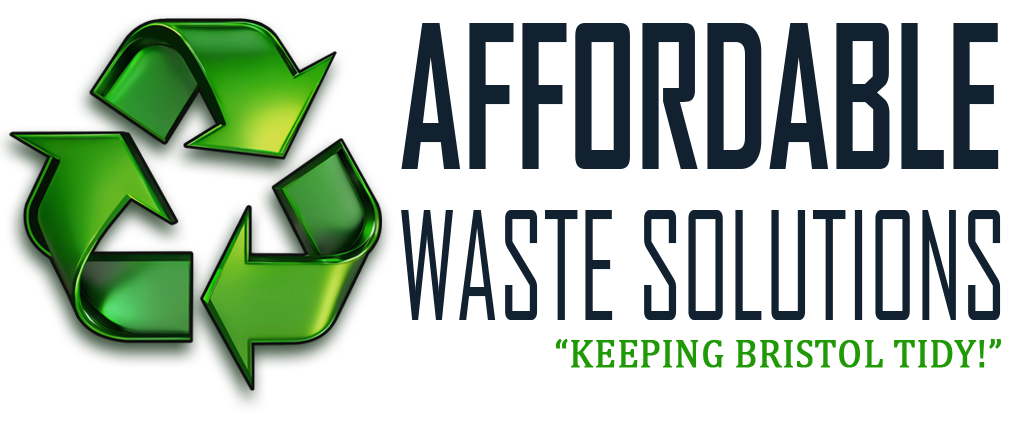Green waste, such as grass clippings, leaves, and branches, is a valuable resource that can be transformed into nutrient-rich compost or used for energy production. By recycling green waste, we can reduce the strain on landfills and promote a more sustainable approach to waste management.
1. Collection and Sorting: Green waste is typically collected separately from other types of waste, either through curb side pickup or drop-off locations. This segregation helps ensure the purity of the green waste stream and facilitates efficient recycling.
2. Composting: One of the most common methods for recycling green waste is composting. This process involves the controlled decomposition of organic materials by microorganisms, resulting in a nutrient-rich soil amendment called compost. Composting can be done on a small scale at home or on a larger scale at commercial composting facilities.
3. Mulching and Chipping: Green waste, particularly branches and woody materials, can be shredded or chipped into mulch. Mulch helps retain soil moisture, suppresses weed growth, and provides a protective layer for plants and trees.
4. Energy Recovery: In some cases, green waste can be used as a feedstock for energy production through processes like anaerobic digestion or biomass combustion. These methods convert the organic matter into renewable energy sources, such as biogas or electricity.
By participating in the recycling of green waste, you contribute to the creation of valuable soil amendments, reduce methane emissions from landfills, and support sustainable energy production.
Despite our best efforts to reduce and recycle, some household items may still end up as non-recyclable waste. While the goal is to minimize the generation of such waste, responsible disposal methods are necessary to mitigate its environmental impact.
1. Waste-to-Energy Facilities: These facilities utilize advanced technologies to convert non-recyclable waste into energy through processes like incineration or gasification. The heat generated is used to produce steam, which can then be converted into electricity or used for heating purposes.
2. Landfills: While not an ideal solution, modern landfills are designed with sophisticated systems to minimize environmental impact. They employ liners and leachate collection systems to prevent groundwater contamination, as well as gas collection systems to capture and utilize methane for energy production.
While the disposal of non-recyclable waste is a necessary last resort, it is crucial to prioritize waste reduction, reuse, and recycling efforts to minimize the environmental impact and promote a more sustainable future.
Despite the numerous benefits of recycling, several challenges persist in the recycling process. Addressing these challenges is crucial for improving the efficiency and effectiveness of waste management systems.
By addressing these challenges through collaborative efforts among governments, industries, and individuals, we can overcome obstacles and create more efficient and sustainable recycling systems.
Proper waste management is not only crucial for environmental protection but also plays a vital role in promoting public health, economic development, and social well-being. Effective waste management practices contribute to:
1. Environmental Conservation: By reducing waste generation, promoting recycling, and implementing responsible disposal methods, we can minimize the strain on natural resources, protect ecosystems, and mitigate the impacts of climate change.
2. Public Health and Safety: Improper waste disposal can lead to the spread of diseases, contamination of water sources, and the creation of breeding grounds for pests. Proper waste management helps maintain sanitary conditions and protects public health.
3. Resource Conservation: Recycling and reusing materials conserve valuable natural resources, reducing the need for extracting new raw materials and minimizing the environmental impacts associated with resource extraction.
4. Economic Benefits: Effective waste management systems create employment opportunities, generate revenue through the sale of recycled materials, and support the development of a circular economy.
5. Social Responsibility: By practicing responsible waste management, we demonstrate our commitment to environmental stewardship and contribute to creating a more sustainable future for present and future generations.
Embracing proper waste management practices is not only an ethical obligation but also a practical necessity for ensuring the well-being of our planet and its inhabitants.
While large-scale recycling initiatives and infrastructure play a crucial role, the success of waste recycling efforts ultimately relies on the collective actions of individuals. Each of us has the power to make a significant impact by adopting responsible waste management practices in our daily lives.
1. Reduce and Reuse: Before considering recycling, it’s essential to prioritize reducing waste generation and reusing items whenever possible. This can be achieved by adopting sustainable consumption habits, such as minimizing single-use plastics, choosing products with minimal packaging, and repurposing items for alternative uses.
2. Proper Sorting and Segregation: Effective recycling begins with proper sorting and segregation of waste at the source. Familiarize yourself with your local recycling guidelines and ensure that you separate materials correctly to avoid contamination and facilitate efficient recycling processes.
3. Support Recycling Initiatives: Participate in community-based recycling programs, attend educational workshops, and advocate for improved recycling infrastructure and policies. Your voice and actions can influence positive change and encourage others to adopt sustainable waste management practices.
4. Make Conscious Choices: When making purchasing decisions, consider the environmental impact of products and prioritize items made from recycled or sustainable materials. Support businesses and manufacturers that prioritize sustainability and responsible waste management practices.
5. Lead by Example: Share your knowledge and experiences with family, friends, and your community. Inspire others to embrace a more sustainable lifestyle and contribute to a collective effort towards a greener, more sustainable future.
Remember, every small action counts. By taking responsibility for our waste and actively participating in recycling efforts, we can create a ripple effect that extends far beyond our individual actions, ultimately shaping a more sustainable and resilient world.
Embark on a journey towards a greener future by embracing responsible waste management practices. Start by exploring our comprehensive recycling guide and taking the first step towards a more sustainable lifestyle. Together, we can make a lasting impact and pave the way for a cleaner, healthier planet. Join us in this collective effort and be a part of the solution.


